Using Postcards for Local History Research
Postcards are a fantastic visual resource for a place’s past that are often underutilized by scholars. They offer rich evidence of culture and architecture as a visual record of the past.
Postcards offer an alternative to travel, like a National Geographic subscription, via vicarious sightseeing and proxy experience, and a convenient and satisfactory memorandum to friends at home. The popularity of postcards has waxed and waned since their introduction in the late 19th Century. The 1893 Chicago World’s Fair souvenirs really popularized them, leading to the “golden age of postcards” from circa 1900 to 1918, the end of World War I. For this period, there is better pictorial documentation in postcards of American life and culture than most other sources. The cards showcase changes in printing technology, postal regulations, and travel interests. For more about postcard history see The Picture Postcard and Its Origins and Picture Postcards of the Golden Age.
Postcards give glimpses of innumerable places and fundamentally represent popular culture. The more common the postcard, the more popular it was as a tourist destination. e.g. Niagara Falls, Washington DC, and Yellowstone Park.
There is vast scholarly potential of library postcard collections. For motivation, see the University of Maryland site “Research using Primary Sources.” Postcards provide important visual information about so many elements of society that no other objects do. They can provide the best set of available images for examples of architecture, types of buildings, historic events, and certain places. Postcards are important for researching social history as well, as they often provide authentic insights into daily activities and appearances of neighborhoods, and show material culture “in the vernacular” as few other objects can.
As the world relies more and more on visual materials to convey information, researchers must mine available sources in their studies of history. Images for years were “omitted from academic journals as mere expensive and frivolous adjuncts to text”(1) and are now included as meaningful evidence.
Postcards celebrate both the ordinary and the spectacular. During the late nineteenth and early twentieth century, they were one of the earliest commercial uses of photography and often served as advertisements for businesses and products such as restaurants. We will likely mine resources such as Instagram for this in the future.
Sometimes, a postcard is the only example of a place in a certain era in color. Or they may document the work of early noted photographers—most printed postcards are made from the works of professional, not amateur, photographers, resulting in excellent production values. Some publishers sent photographers out around the country while others employed local residents to create the photographs. Local business owners often commissioned postcards of streets and buildings in their communities.
Postcards offer interpretations of what features of a city or town are distinctive or valuable by noting benchmarks of civic achievement such as train stations, public buildings, parks, libraries, theaters, and “Main” Streets. Construction of these places in turn reflects local resources and aesthetics. They can also document unique natural phenomena and superlatives such as tallest, deepest, etc. Additionally, they are documents of regional and time specific clothing. Postcards appealed to both visiting tourists and to local residents who frequently sent cards to people who may never visit. Messages on the back may provide additional data to what is pictured on the front: “Slept in this hotel for a night for $4”, etc.
Postcards contain markers of popular taste and attitudes and can offer a way to compare cities to other cities. They are a broad visual record of a place and are especially useful to researchers when they can compare dozens or hundreds of samples to each other. They augment other visual records available.
Where to research
To conduct research using postcard collections at the New York Public Library, you can use the Milstein Division of United States History, Local History and Genealogy or Mid-Manhattan Library’s Picture Collection. Other library divisions also maintain postcard collections.
The Milstein Division’s postcard collection is largely not digitized and emphasizes sites within New York City, though there are postcards from all U.S. states. Since these postcards are not included the library’s online catalog, please email us to see if we have cards for a location you are researching. The New York City collection is strong with images of hotels, parks, bridges, museums, public squares, street views, theaters, transportation, and specific buildings. One collection that is digitized is the Staten Island Postcard Collection. The U.S. States collections contain images from cities throughout the United States, with strengths in Washington D.C., Maryland, Massachusetts, California, Connecticut, and New Jersey.
The Picture Collection at the Mid-Manhattan Library has a large collection of approximately 50,000 circulating and reference postcards. Many of the Picture Collection’s postcards are available online in the NYPL Digital Collections. You can also email the Picture Collection with specific requests.
Another collection: Institute of American Deltiology (IAD) is a non-profit established in Pennsylvania in 1993 by Donald Brown. The Institute was established to act as library, gallery and research center for the study of postcards and North American history and culture. The Institute is currently located in Myerstown, Pennsylvania. Purpose includes role and significance of picture postcards as a document for the study and interpretation of local history.
Recommended use of postcard collections
- Identification of physical features of buildings or geologic formations.
- Find visual evidence of the built environment.
- Confirmation of cultural, historical, and literary associations of particular sites via inscriptions or captions.
- Identify social and cultural expectations of an era or place.
- Find the ephemeral evidence of a sight: e.g. signage, advertisements, evolution of renovations, reconstruction, Wall hangings, lighting fixtures, furnishings, awnings, window displays, plaques, posted menus, marquees, seasonal displays, letterings, streetscapes, street vendors, traffic signals, streetlights, bike infrastructure, foliage, native plants, sculptural elements such as flagpoles, park design, outbuildings, benches.
- Reveal details that have been altered or destroyed over time.
Case Studies of research using postcards
Postcards in the Library: Invaluable Visual Resources is a series of academic essays which discuss the variety of benefits of using these ephemeral artifacts. The editors argue “Postcards, as the essays in this volume demonstrate, constitute an important body of visual information that can support scholarly research.” Examples from these essays:
- Critical analyses of tourism
- Anecdotal research from the messages on the postcards
- Museum experiences
- Local history analyses
- Stereotypes in popular culture
- Propaganda in popular culture
- Leisure activities
- Political campaigns
From journal articles
“Bill’s Place, Pennsylvania.” The American Philatelist, September 2015.
In depth study of a roadside business along Lincoln Highway in the Blue Ridge Mountains with a stunning view and a small post office. Postcards, which many were sent from the onsite post office, allowed for a detailed reconstruction of the local history of the area and the operations of the business on site.
“On Postcards Used to Track Environmental History.” Environmental History, April 2008.
Using postcard photos of the same location over time, environmental scientists can study the presence of various types of vegetation and other natural phenomena. Case study includes one of ivy and creeper vegetation growth at Oxford colleges.
“Wishing They Were There: Old Postcards and Library History.” Libraries & the Cultural Record, v. 43, 2008.
A comparison of libraries of the early 20th century throughout the United States. Offers points of view on architectural influences and functions of the buildings as libraries changed the ways they are used.
Challenges and problems
Identification of postcards’ time and place of place of production can be impossible or difficult. They are produced in a decentralized, unregulated manner, unlike postage stamps.
You must be critical of their authenticity, accuracy, and interpretation, since all of these elements can be altered and interpreted widely. Judge postcards as you would judge other documentary evidence: in context, question if it is altered. Many publishers add and delete features like foliage and flagpoles.
Many places are not well represented in postcards if not perceived as a tourist destination. They also capture some eras better than others.
Searching visually is important for visual collections, and many postcard collections—including the NYPL’s—are not fully digitized.
Despite challenges, local history researchers should strongly consider using postcard collections in their research because of the rich evidence they contain.
Read E-Books with SimplyE
 With your library card, it's easier than ever to choose from more than 300,000 e-books on SimplyE, The New York Public Library's free e-reader app. Gain access to digital resources for all ages, including e-books, audiobooks, databases, and more.
With your library card, it's easier than ever to choose from more than 300,000 e-books on SimplyE, The New York Public Library's free e-reader app. Gain access to digital resources for all ages, including e-books, audiobooks, databases, and more.
If you don’t have an NYPL library card, New York State residents can apply for a digital card online or through SimplyE (available on the App Store or Google Play).
Need more help? Read our guide to using SimplyE.
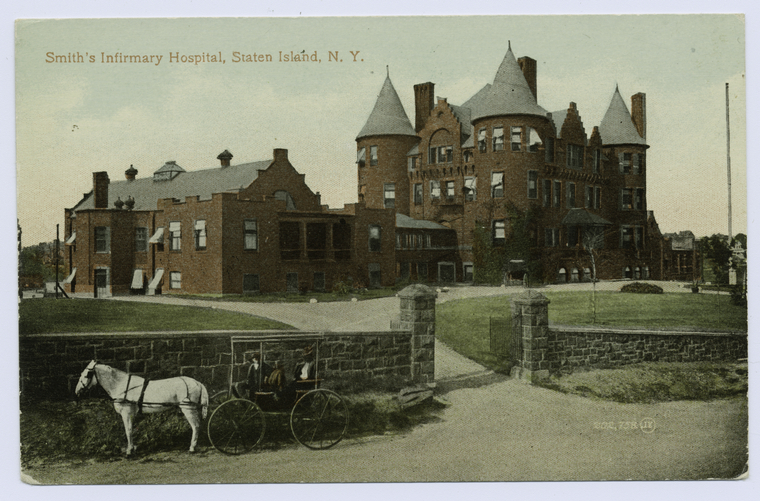
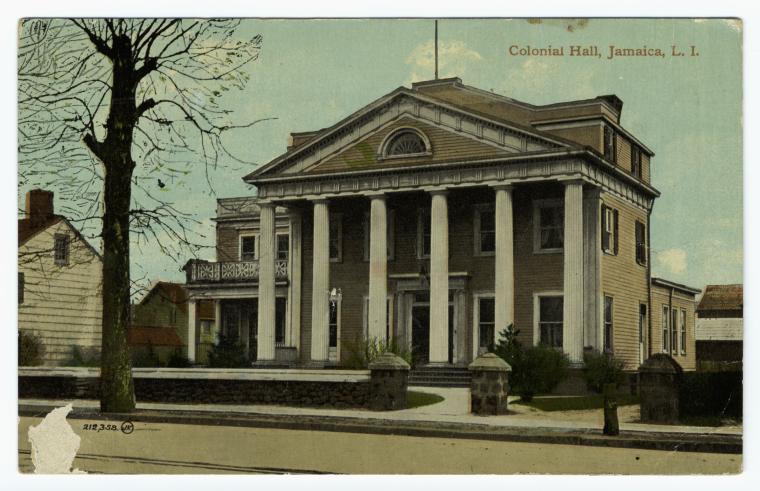
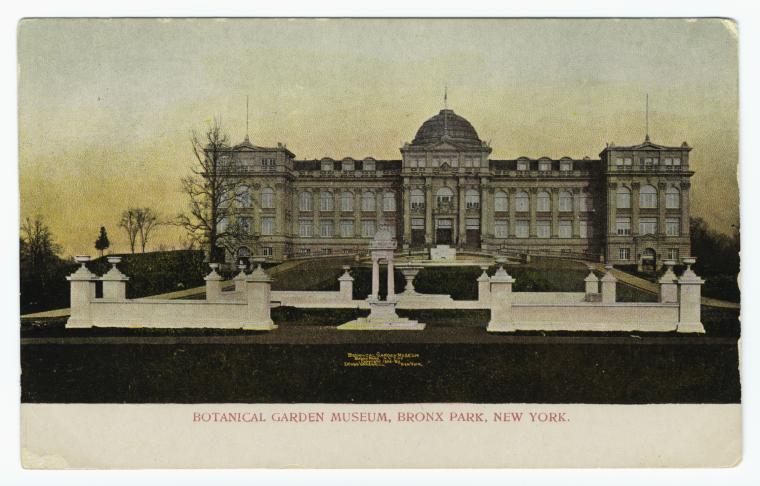

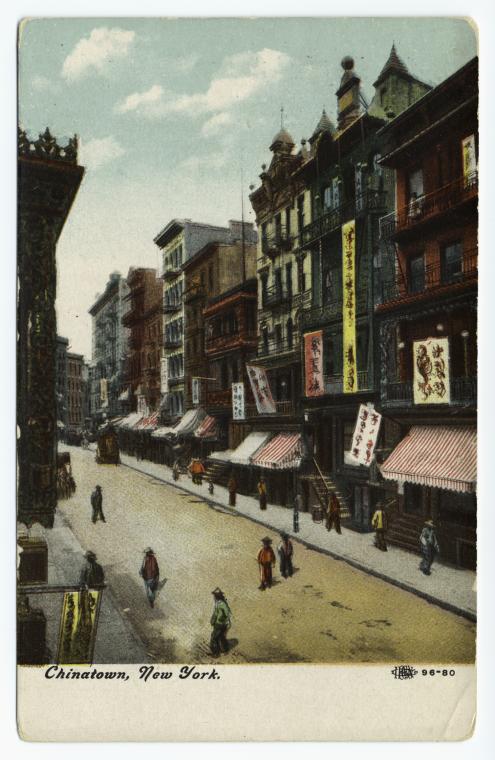
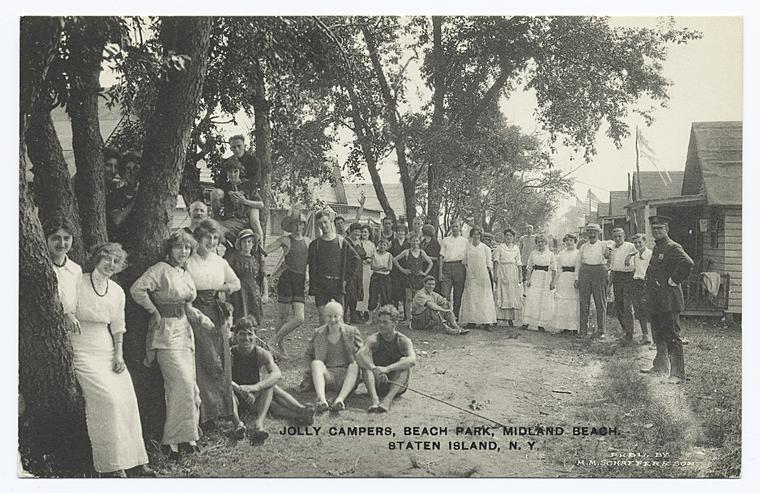
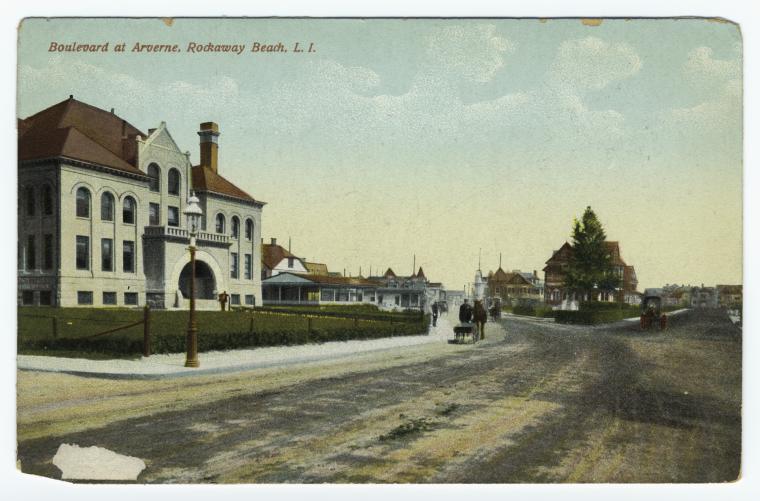
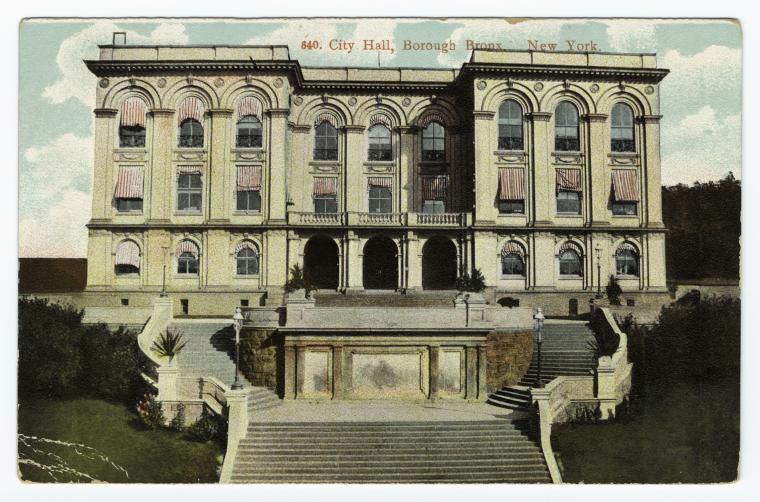
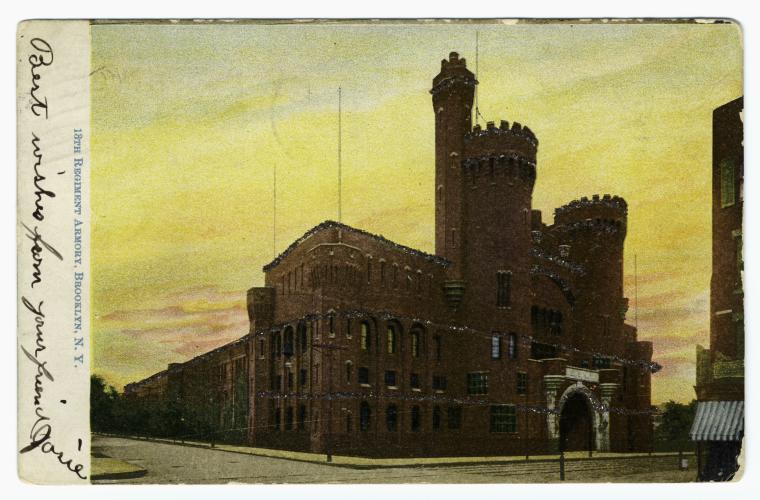
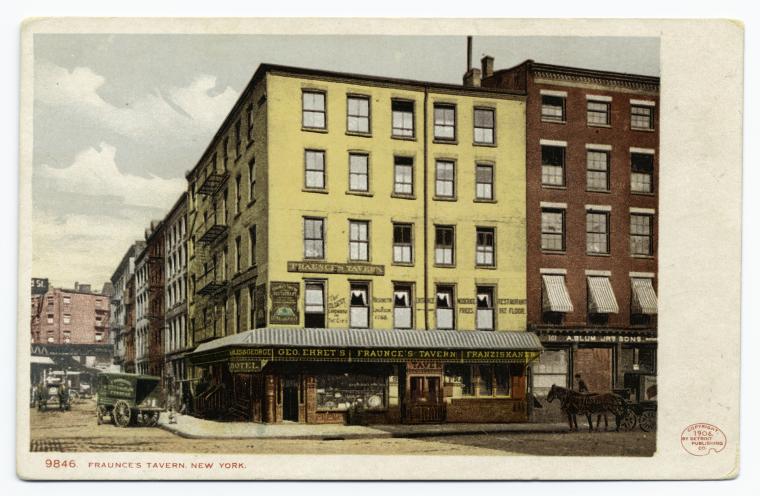
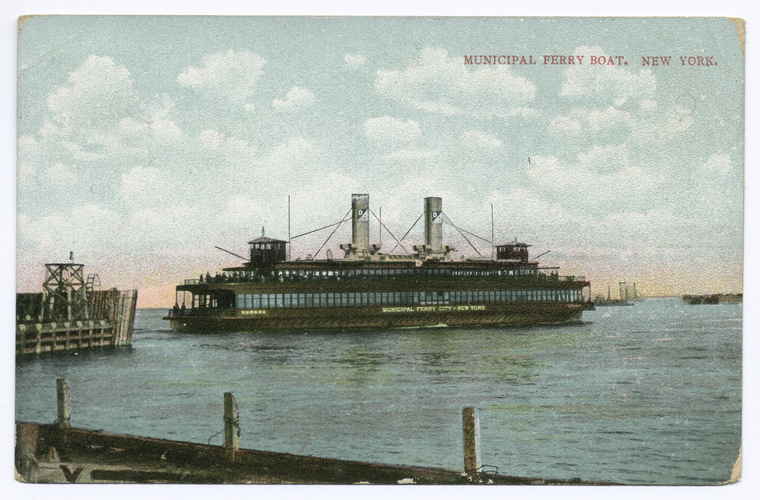
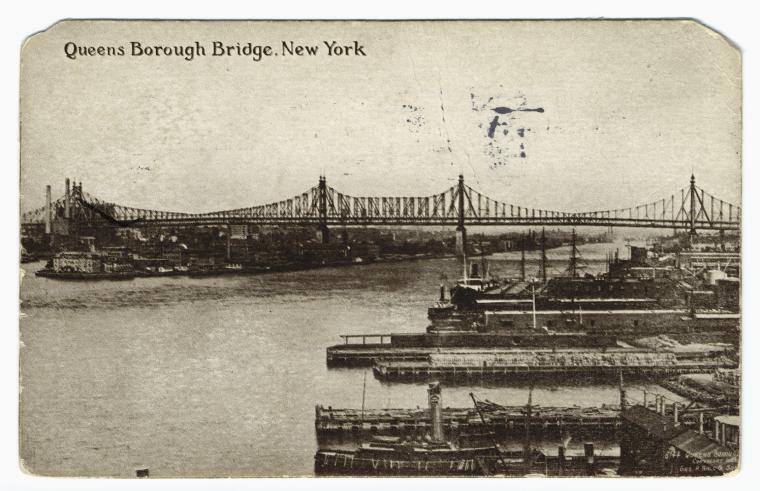
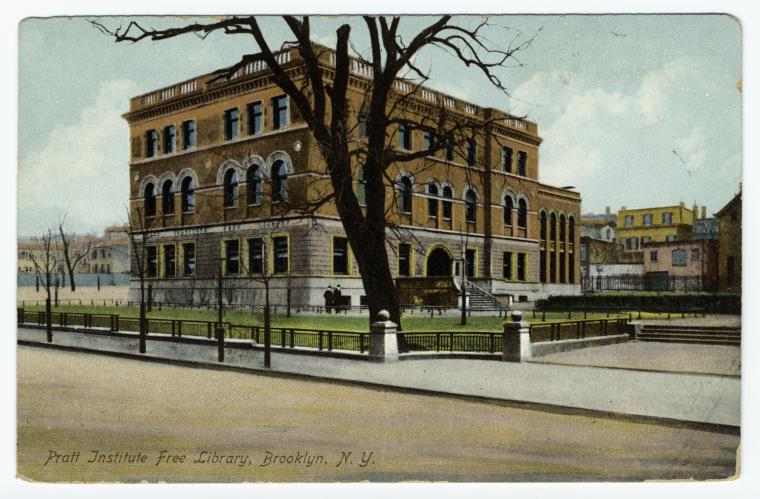

Comments
Great post Carmen! So
Submitted by Lauren Lampasone on December 4, 2015 - 5:36pm
Zoe Leonard @ NYPL
Submitted by Guest (not verified) on January 7, 2016 - 4:45pm
fantastic, thank you!
Submitted by Lauren Lampasone on January 7, 2016 - 5:16pm
Who owns postcards?
Submitted by JPCunniff (not verified) on December 9, 2015 - 4:04pm
Who Owns Old Postcards? (I do not have a homepage)
Submitted by Kristy Gravlin (not verified) on December 9, 2015 - 6:06pm
RE: who owns postcards?
Submitted by marjorie (not verified) on June 8, 2017 - 8:25am
Postcards for Genealogy
Submitted by Neil Saunders (not verified) on January 7, 2016 - 7:03pm
It's a great idea you shared.
Submitted by Leesa johnson (not verified) on February 24, 2016 - 5:58am
using postcards in academic research
Submitted by Peter R. Grahame (not verified) on January 11, 2018 - 12:10pm